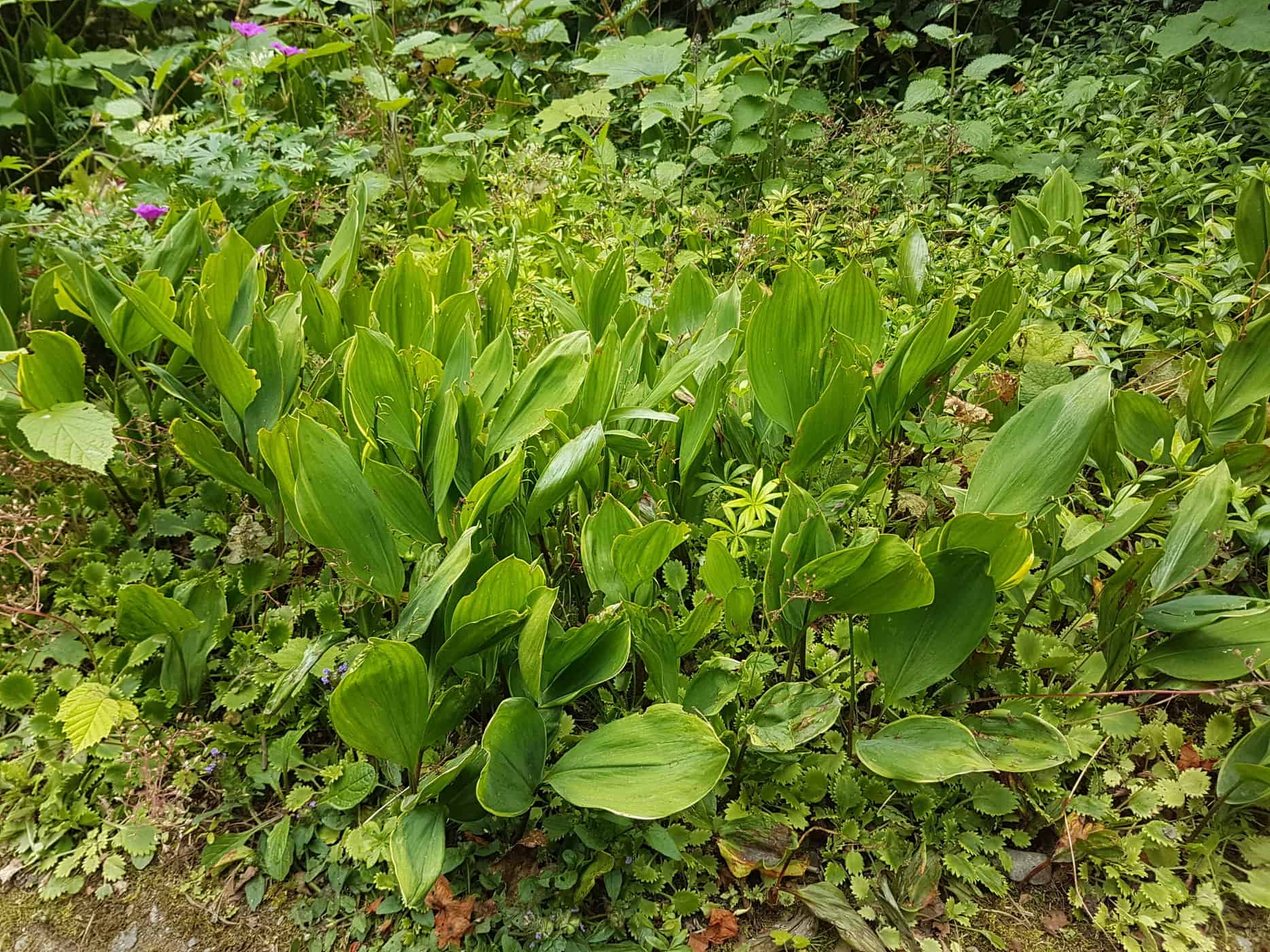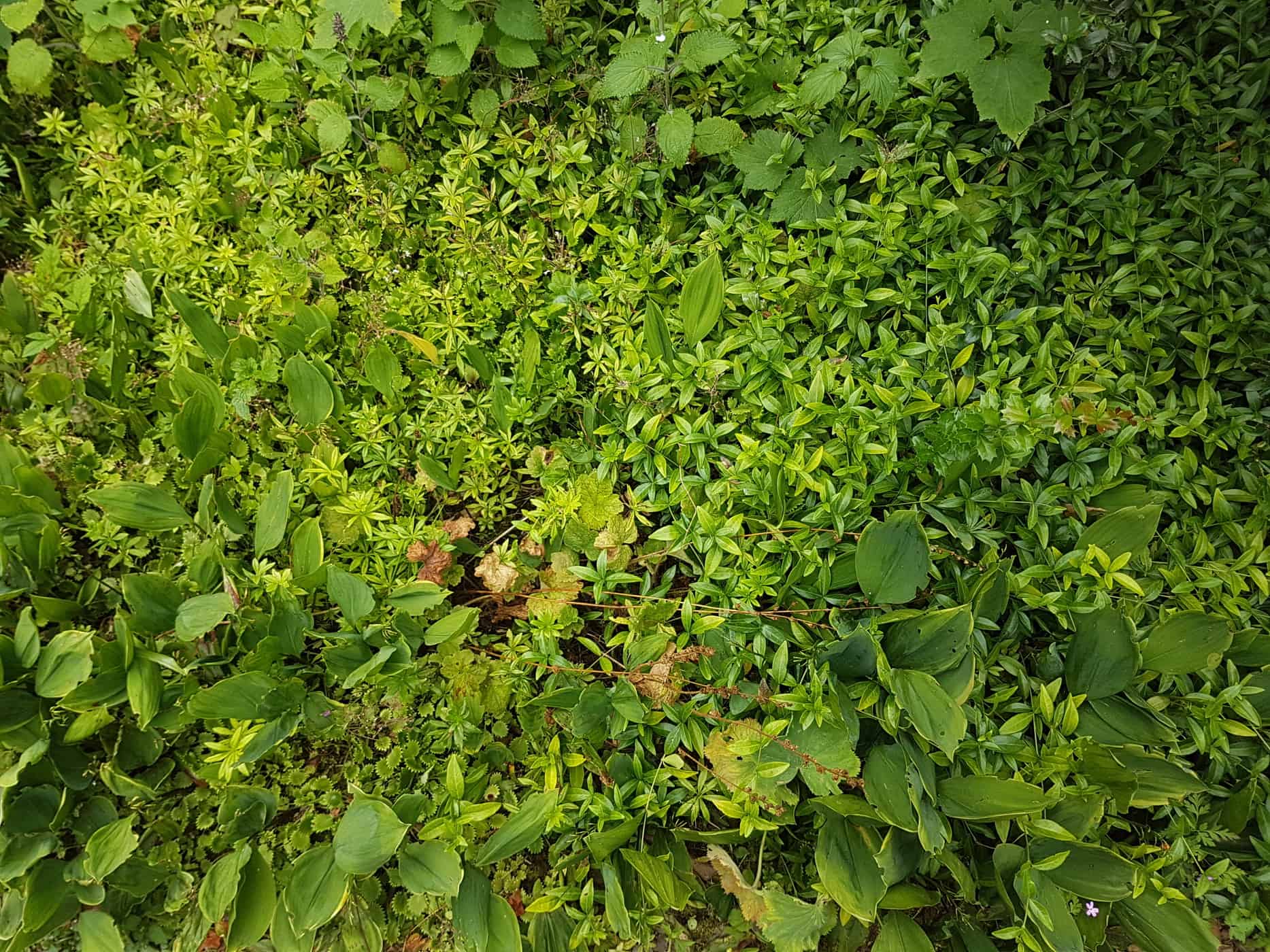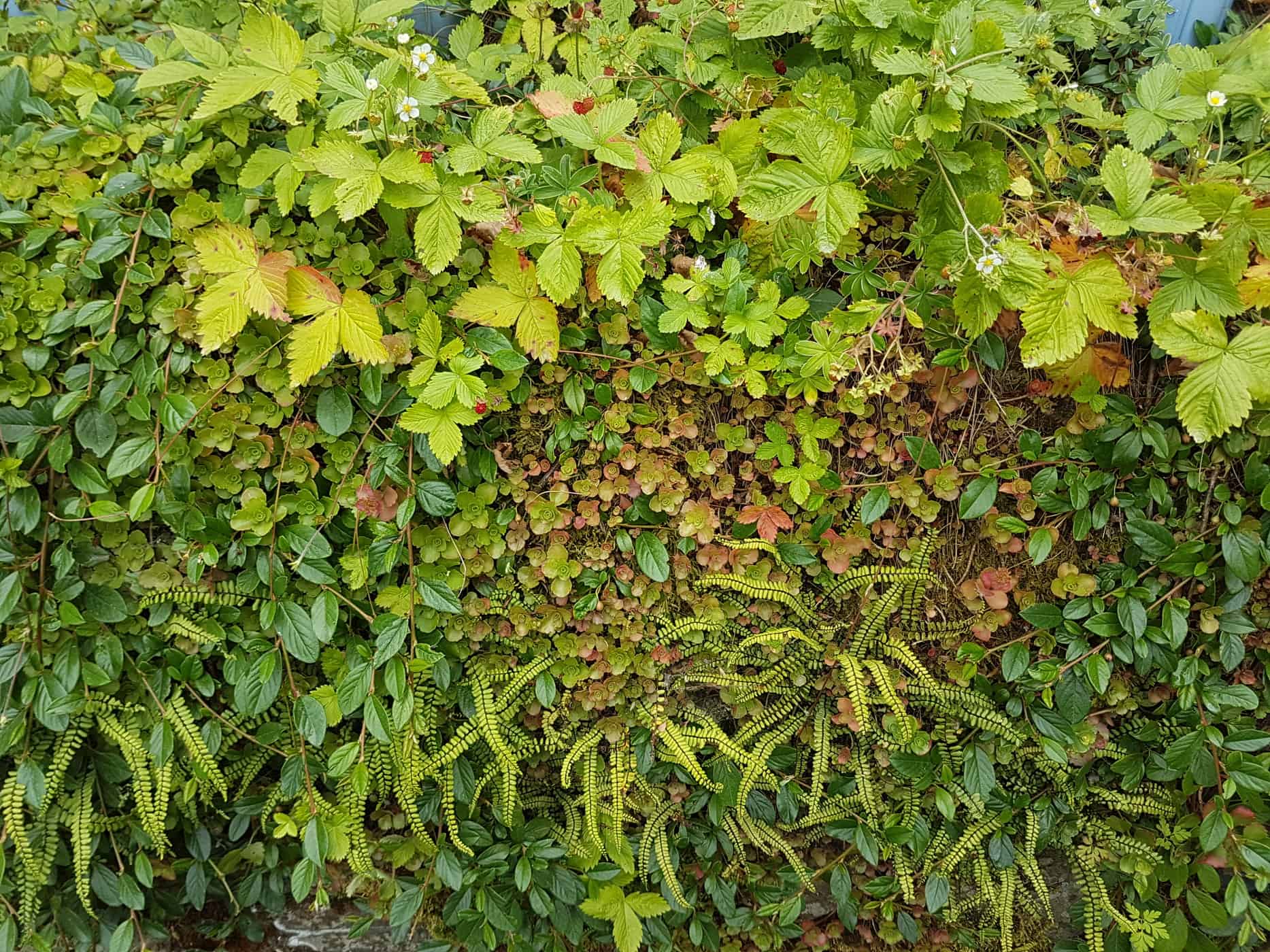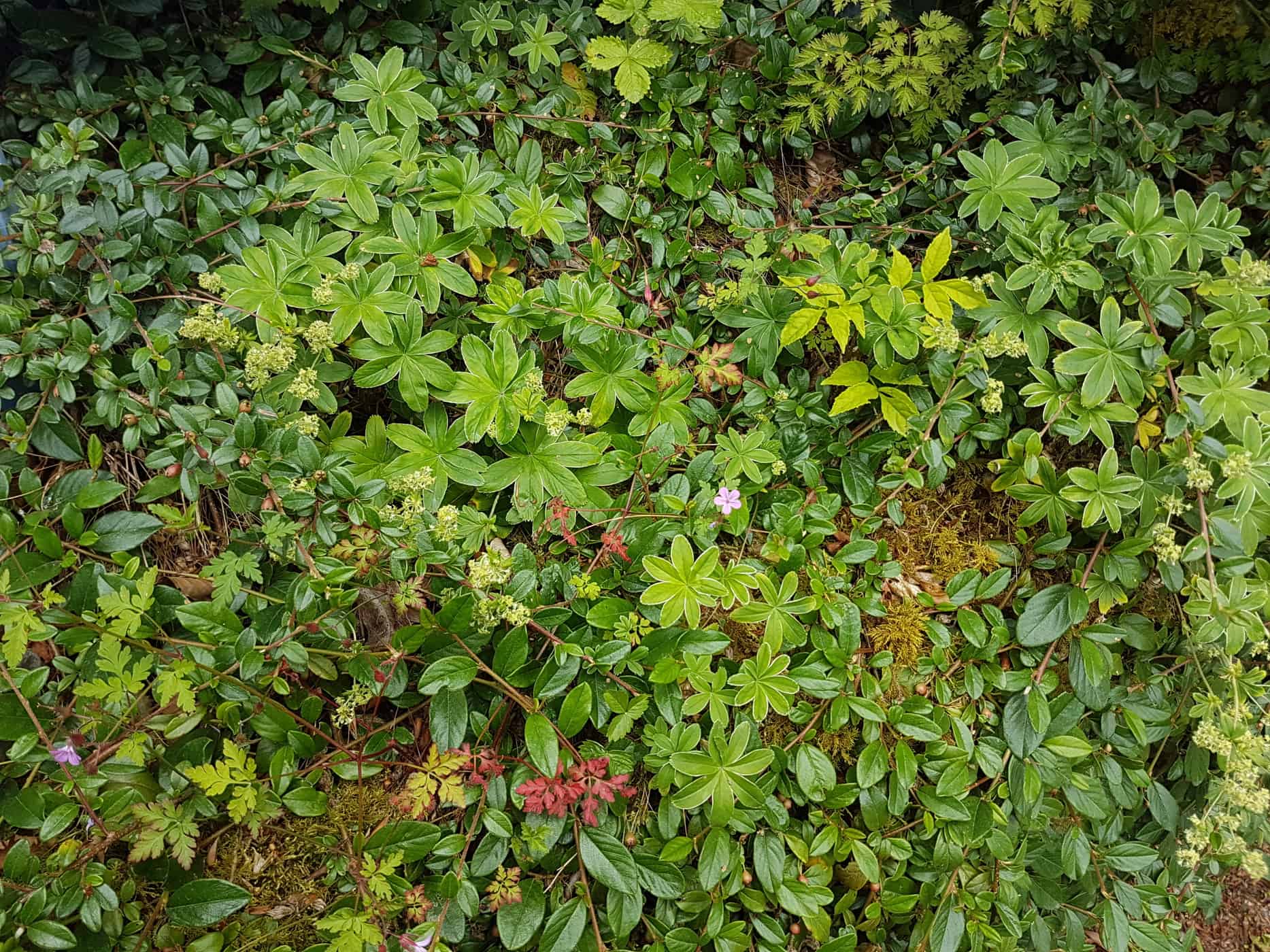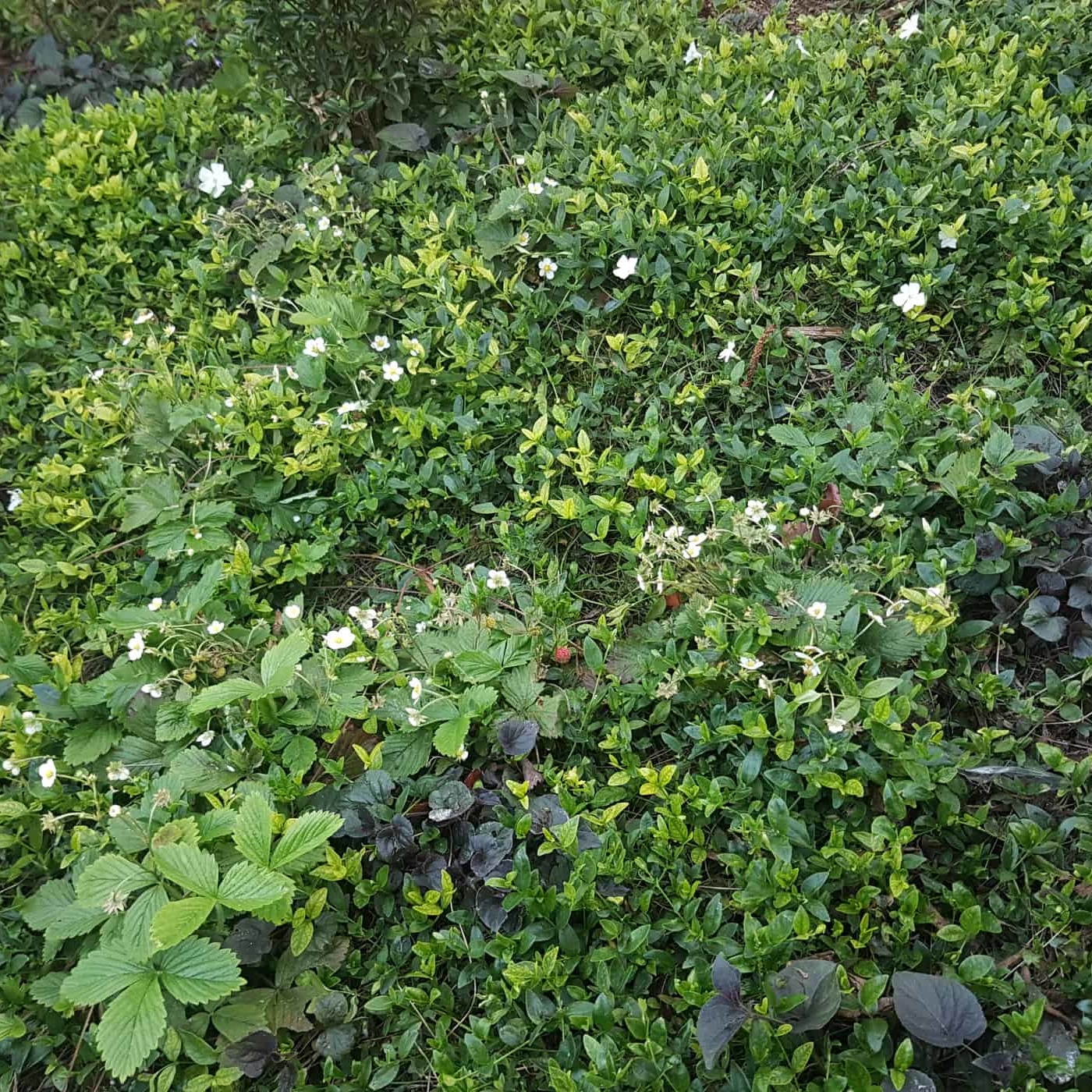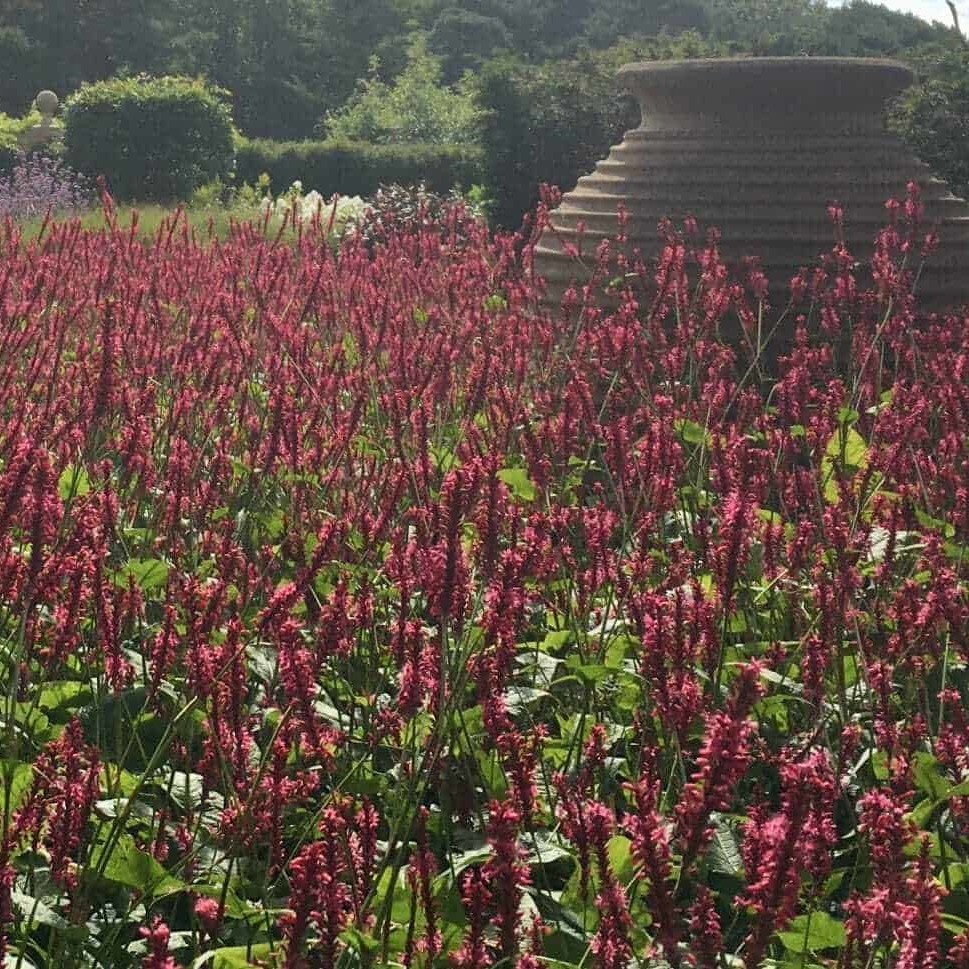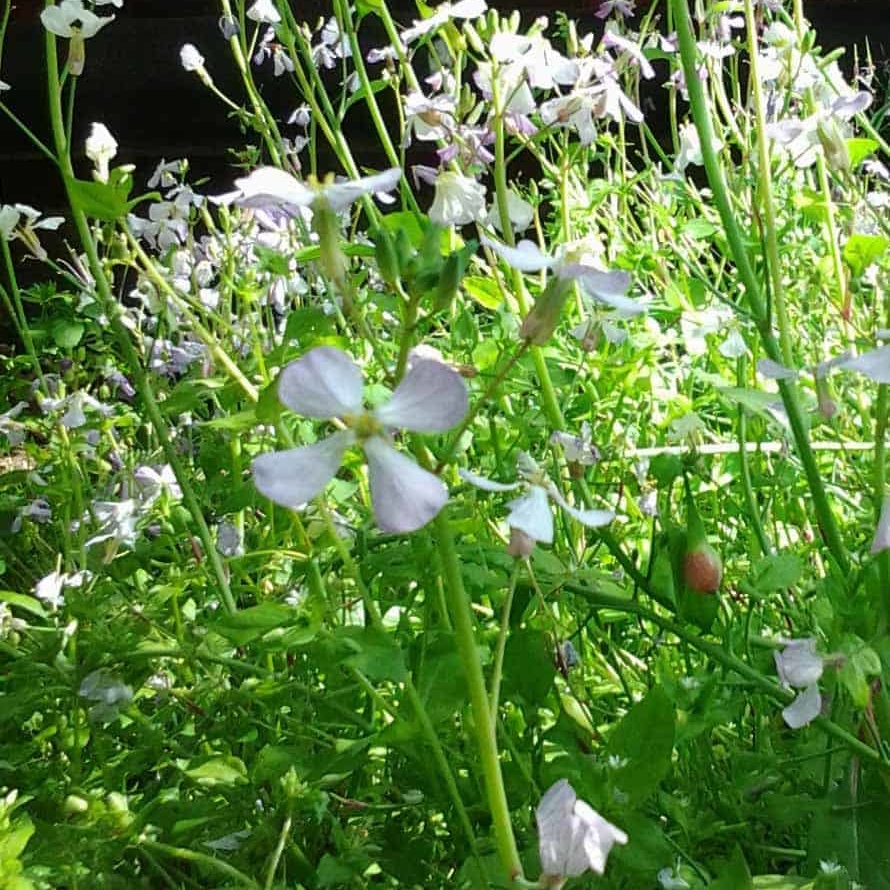Wild-inspired shade-loving ground cover plants
Without doubt there is only a very shallow logical basis for dividing these blogs into examples from the city, and those from more wild and rural settings. Many of the combinations of shade-loving ground cover plants would work just as well in either situation, but it is still interesting to compare and contrast. Seed and spores arriving on the wind, with birds, and from the soil seed bank may be the source of perfectly suited and beautiful shade-loving ground cover plants in rural and suburban settings, more so than can be expected in the city.
Foliage
Ferns such as Asplenium trichomanes (maidenhair spleenwort), Asplenium scolopendrium (Hart’s tongue), and Blechnum spicant (hard fern) are good examples of welcome incomers you’ll find where conditions are suitable, provided you weed carefully!
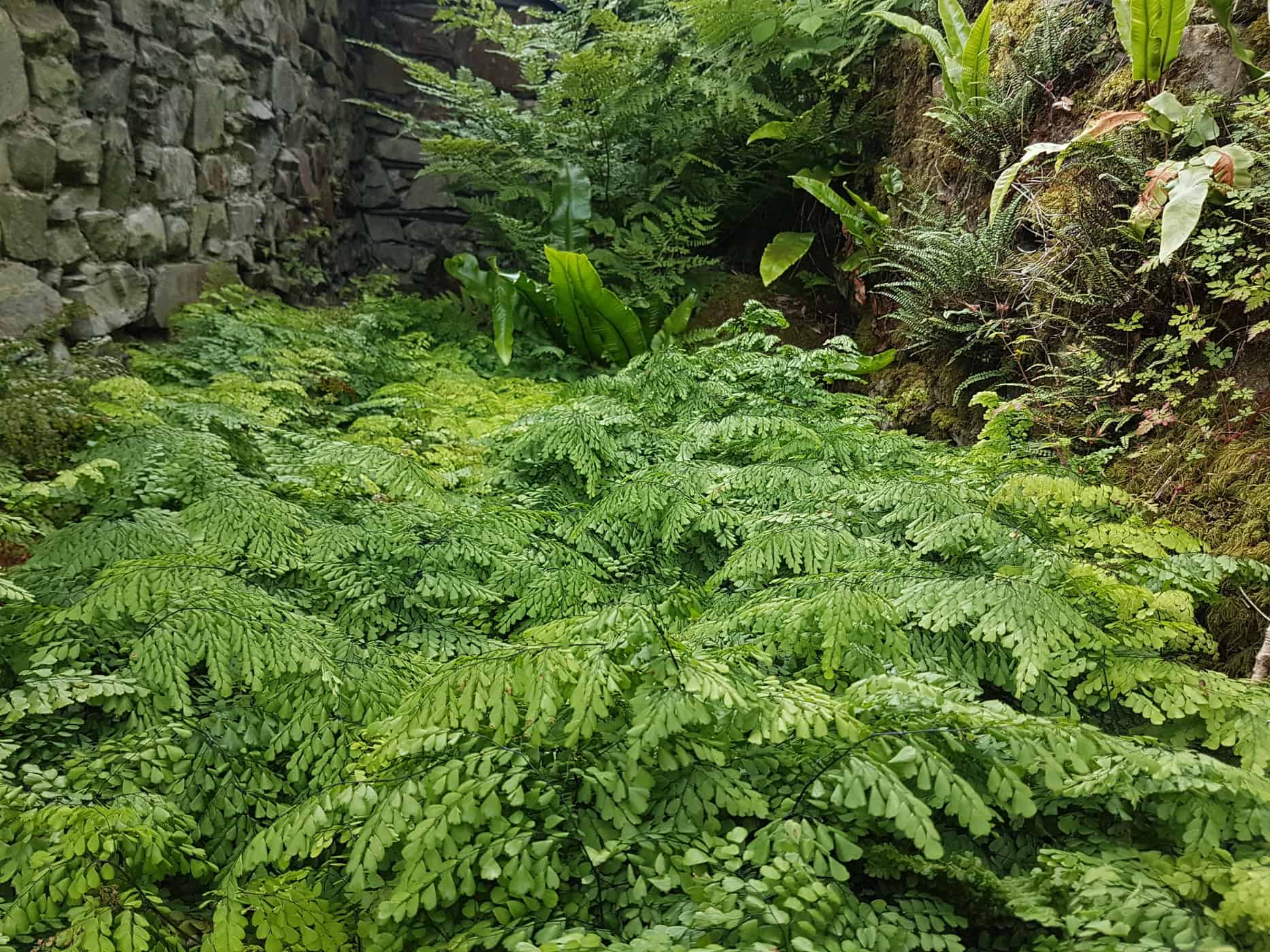
Adiantum venustum is an extremely cold-hardy maidenhair fern. It is a tough cousin of Adiantum raddianum, a tricky humidity-loving tender fern commonly grown as a houseplant. The foliage turns coppery-brown in winter, or remains green in mild and sheltered areas.
Provided you choose the right plant for the right place, some ferns can be highly effective and striking shade-loving ground cover plants. They are evocative of damp shady woodlands and dells, when in fact many are highly drought-tolerant and perfect for dry shade. Long Acre Plants in Somerset have a great selection for damp to dry shade.
An evergreen tapestry
Chosen carefully, shade-loving ground cover plants with different ‘strategies’ can be grown together to achieve both year-round ground coverage and bursts of seasonal interest. The evergreen Saxifraga x urbium (London pride) provides clouds of pink flowers from late spring to early summer, while Galium odoratum (sweet woodruff) has fragrant white flowers through April and May and fairly evergreen in mild areas.
Emerging through this are the spear-like leaves and romantic scented white blooms of Convallaria majalis (lily of the valley) flowering at the same time as the Galium.
Decorative fruits and flowers
Where a shady spot does receive some sun, shade-loving ground cover plants can be combined with semi-shade plants, including some of the many robust and dependable creeping sedums. Here the Sedum spurium forms a mat, with the British native fern Asplenium trichomanes growing through. The evergreen Cotoneaster salicifolius ‘Repens’ creeps across the surface, laden with red berries in winter.
Fragaria vesca (wild strawberry) seeds about and sends out long runners (‘stolons’). The ruby-red fruits are as delicious as they are beautiful, and the flowers are uplifting too. A bit of a pest but also beautiful is Geranium robertianum (herb robert), self-sown here, with small magenta-pink flowers. Alchemilla alpina has the furry-edged star-shaped leaves.
Find inspiration for your shady spot at the foot of the hedgerows, on the shady side of walls, or in mossy wooded valleys. You may be able to collect some seed to scatter in your own garden, Primula are especially good for this. If you can work with the local conditions and incorporate some wilder native plants into the mix you can achieve a relatively low-maintenance tapestry of shade-loving ground cover plants in harmony with your surroundings.
All photos taken in mid-June 2019 at Brantwood, the garden of John Ruskin on the shore of Lake Coniston.
Owen Hayman
Owen joined the Bestall & Co planting and aftercare team in spring 2019. He is an RHS qualified horticulturist, holding a full Level 3 Diploma in Horticulture, and recently came in the top 3 at the Northern Regional Final of The Young Horticulturist of the Year 2019. After first doing a foundation diploma in Fine Art, he went on to gain a degree and masters in Plant and Soil Science from the University of Sheffield in 2014. Owen worked as a researcher on various field research projects in Alaska, Panama and Borneo. When not away in the field, he became obsessed with visiting gardens and nurseries across the British Isles and the Netherlands, developing his own garden, and then taking on a walled allotment garden as a personal project. He realised his true passion was in horticulture, and so moved away from academia and into the world of specialist plant nurseries and professional gardening.
Owen is now studying the Wisley Diploma, but continues to write articles for us on a monthly basis, and we're delighted to maintain contact with such a passionate and knowledgable plantsman.

